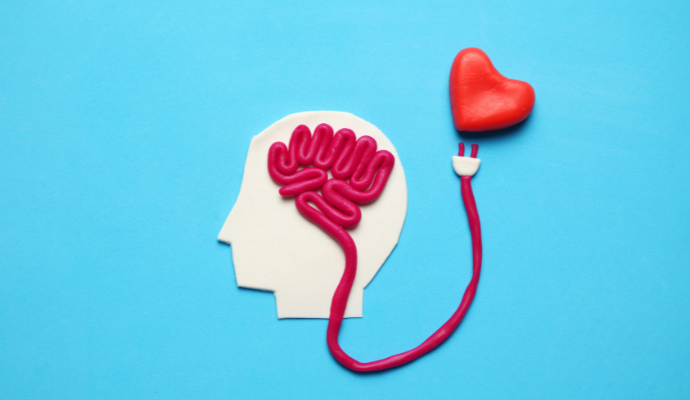Racial Health Disparities Plague Mental Healthcare Access for Teens
Mental healthcare access is elusive for many teens who need it, especially racial and ethnic minorities, a new study showed.

Source: Getty Images
- Demand is seriously outpacing supply for adolescents with major depressive disorder, with new JAMA Pediatrics data showing that less than half of kids who needed treatment without mental healthcare access.
And notably, the study showed some serious racial health disparities at play.
The youth mental health crisis is nothing new to healthcare professionals. Rates of major depression disorder (MDD) among adolescents doubled between 2009 and 2019, the Cambridge Health Alliance researchers wrote, citing figures from CDC. And this problem only worsened during the pandemic, which heralded increased feelings of loneliness, helplessness, and social isolation.
And according to this latest analysis, which looked at the 2021 National Survey on Drug Use and Health, that increased need has not been met with increased mental healthcare access.
The researchers looked particularly at the experiences of teens during the first calendar year of the pandemic. Overall, one in five of the more than 10,000 adolescents included in the study had MDD; less than half who needed treatment said they got it. This exposes serious gaps in mental healthcare access.
Moreover, there were serious racial health disparities present, the data furthered.
Overall, kids who were more than one race had the highest rate of MDD, with 26.5 percent reporting MDD. Black and Asian kids had lower rates of MDD than White teens, but Latinx and multiracial kids had higher rates, the researchers said.
But nearly across the board, racial and ethnic minorities were less likely to have mental healthcare access than their White counterparts, the researchers said. Latinx teens had lower rates of any kind of MDD treatment, including treatment from any kind of clinician, from a mental health specialist, or from a non-specialist clinician. They also had lower rates of use of prescription psychotropic medication.
Similar trends emerged for teens who were more than one race or ethnicity. Meanwhile, Black adolescents had lower rates of MDD treatment by any clinician and by non-specialist clinicians, plus lower rates of prescription psychotropic medication use, compared to their White counterparts. Black kids also saw greater delays in getting their prescriptions than their peers of other races.
Racial health disparities persisted when looking at mental healthcare access over telehealth. Asian and Latinx teens were less likely to receive virtual mental health treatment compared to White kids. Additionally, Latinx and Black adolescents were less likely to see their in-person care transition to telehealth at the pandemic’s start, which may have halted care access.
These treatment disparities could be the byproducts of both clinician shortages and health insurance pitfalls, the researchers posited. Low-income people, many of whom are racial and ethnic minorities, are often enrolled in public health insurance like Medicaid. However, many mental healthcare providers do not accept Medicaid.
This creates a limited number of providers from whom mental healthcare is accessible for low-income populations, all amid a backdrop of increased need from adolescents.
The researchers indicated that more providers are needed to deliver culturally competent mental healthcare.
“Public health, community partnerships, and antistigma initiatives could help to bridge this gap through improved patient engagement efforts that promote and normalize help-seeking and service use for those contemplating mental health care,” the research team added.
What’s more, school closures—arguably one of the driving forces behind the increase in MDD across teens of all races and ethnicities—could be the culprit behind limited access, especially for low-income kids. Because schools were closed, these teens were unable to access the school-based mental healthcare services that often mitigate need or serve as bridges to more specialized outpatient care.
“As we move forward and learn to live with COVID-19 and its variants, policy and clinical efforts should target adolescents as a whole, and marginalized populations in particular, to ensure timely and equitable access to high-quality mental health treatment,” the researchers concluded.
